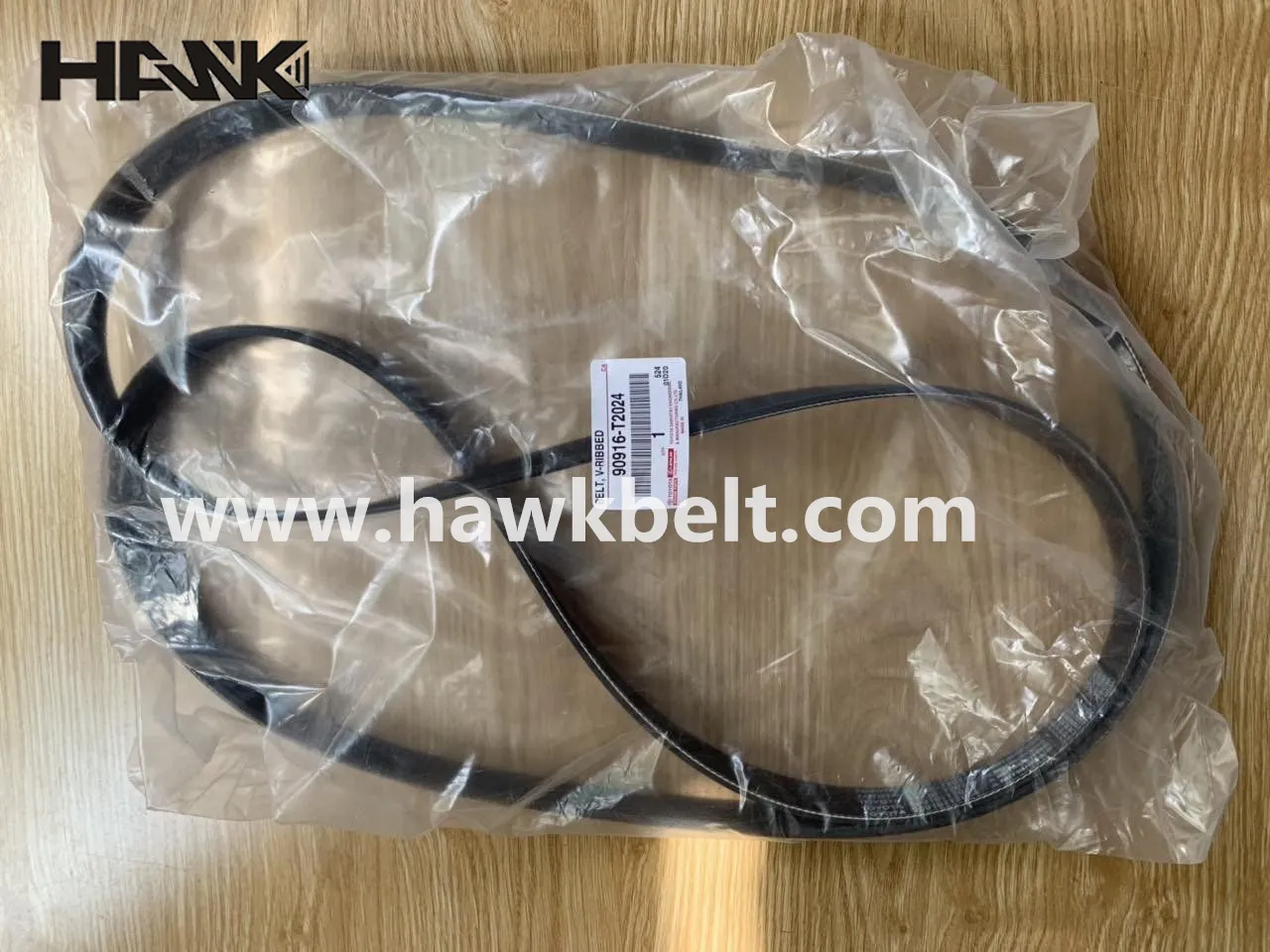- Arabic
- French
- Russian
- Spanish
- Portuguese
- Turkish
- Armenian
- English
- Albanian
- Amharic
- Azerbaijani
- Basque
- Belarusian
- Bengali
- Bosnian
- Bulgarian
- Catalan
- Cebuano
- Corsican
- Croatian
- Czech
- Danish
- Dutch
- Afrikaans
- Esperanto
- Estonian
- Finnish
- Frisian
- Galician
- Georgian
- German
- Greek
- Gujarati
- Haitian Creole
- hausa
- hawaiian
- Hebrew
- Hindi
- Miao
- Hungarian
- Icelandic
- igbo
- Indonesian
- irish
- Italian
- Japanese
- Javanese
- Kannada
- kazakh
- Khmer
- Rwandese
- Korean
- Kurdish
- Kyrgyz
- Lao
- Latin
- Latvian
- Lithuanian
- Luxembourgish
- Macedonian
- Malgashi
- Malay
- Malayalam
- Maltese
- Maori
- Marathi
- Mongolian
- Myanmar
- Nepali
- Norwegian
- Norwegian
- Occitan
- Pashto
- Persian
- Polish
- Punjabi
- Romanian
- Samoan
- Scottish Gaelic
- Serbian
- Sesotho
- Shona
- Sindhi
- Sinhala
- Slovak
- Slovenian
- Somali
- Sundanese
- Swahili
- Swedish
- Tagalog
- Tajik
- Tamil
- Tatar
- Telugu
- Thai
- Turkmen
- Ukrainian
- Urdu
- Uighur
- Uzbek
- Vietnamese
- Welsh
- Bantu
- Yiddish
- Yoruba
- Zulu
ኅዳር . 30, 2024 18:02 Back to list
Options for Flat Belt Rubber in Industrial Applications and Their Benefits
Understanding Flat Belt Rubber Applications, Benefits, and Innovations
Flat belt rubber plays an essential role in various industrial and manufacturing sectors. It is a type of flexible, flat belt made predominantly from rubber or rubber-like materials that is used for a range of applications, particularly in powering machinery through mechanical transfer of energy. This article delves into its significance, applications, benefits, and innovations in the realm of flat belt rubber.
What is Flat Belt Rubber?
Flat belt rubber is designed to transmit power and motion between pulleys in a simple yet effective manner. Engineered for durability and flexibility, these belts are commonly composed of multiple layers of rubber to withstand high levels of stress while ensuring a smooth transfer of power. The design usually includes a flat surface that optimizes contact with pulleys, reducing slippage and enhancing efficiency.
Applications of Flat Belt Rubber
1. Industrial Machinery In factories, flat belts are frequently used to connect various machines, allowing for the efficient transfer of energy from one machine to another. They are commonly found in conveyor systems, where they transport materials across production lines.
2. Agricultural Equipment The agricultural sector utilizes flat belt rubber in equipment such as harvesters and tractors. These belts enable the machinery to operate seamlessly, ensuring tasks such as tilling, harvesting, and transporting are completed efficiently.
3. Automotive Industry In vehicles, flat belts are pivotal in linking components like the engine, alternator, and air conditioning unit. Their ability to withstand high temperatures and mechanical stress makes them ideal for use in automobiles.
4. Textile Industry The textile sector employs flat belt rubber in looms and spinning machines, where precise motion and control are essential. These belts help maintain the necessary tension and speed for effective textile production.
5. Food Processing In the food industry, flat belt systems are used in processing machinery to transport ingredients and products. The rubber surface is often easy to clean, ensuring food safety and hygiene standards are met.
flat belt rubber

Benefits of Flat Belt Rubber
1. Efficiency Flat belts provide a high-efficiency transfer of energy, allowing machines to operate with minimal energy loss. The flat design reduces slippage and ensures a consistent performance.
2. Durability Made from high-quality rubber materials, these belts are designed to withstand various environmental conditions, including high temperatures and humidity, enhancing their lifespan.
3. Maintenance The simplicity of flat belt systems often translates to lower maintenance costs. Regular inspections and occasional replacements are typically sufficient to keep the system operational.
4. Cost-Effectiveness When compared to other types of mechanical power transmission systems, flat belts tend to be more economical both in terms of initial setup and ongoing maintenance costs.
Innovations in Flat Belt Rubber Technology
Recent advancements in materials science have led to innovations in flat belt rubber technology. For instance, the development of composite materials enhances the durability and performance of these belts. Additionally, manufacturers are exploring eco-friendly materials that reduce environmental impact while maintaining performance standards.
Another significant advancement is the integration of smart technology within flat belt systems. Sensors embedded in the belts can monitor tension and wear, providing real-time data that allows for predictive maintenance. This not only increases the lifespan of the belt but also minimizes unexpected downtimes, enhancing overall operational efficiency.
Conclusion
Flat belt rubber serves as a fundamental component in numerous industries, facilitating the transfer of energy and ensuring efficient operation across various applications. Its versatility, durability, and cost-effectiveness make it an indispensable asset in modern machinery. As technology continues to advance, the innovations surrounding flat belt rubber are set to enhance efficiency and performance, solidifying its significance in the industrial landscape for years to come. By understanding and utilizing the capabilities of flat belt rubber, industries can achieve greater productivity and reliability in their operations.
-
Korean Auto Parts Timing Belt 24312-37500 For Hyundai/Kia
NewsMar.07,2025
-
7PK2300 90916-T2024 RIBBED BELT POLY V BELT PK BELT
NewsMar.07,2025
-
Chinese Auto Belt Factory 310-2M-22 For BMW/Mercedes-Benz
NewsMar.07,2025
-
Chinese Auto Belt Factory 310-2M-22 For BMW/Mercedes-Benz
NewsMar.07,2025
-
90916-02660 PK Belt 6PK1680 For Toyota
NewsMar.07,2025
-
drive belt serpentine belt
NewsMar.07,2025

